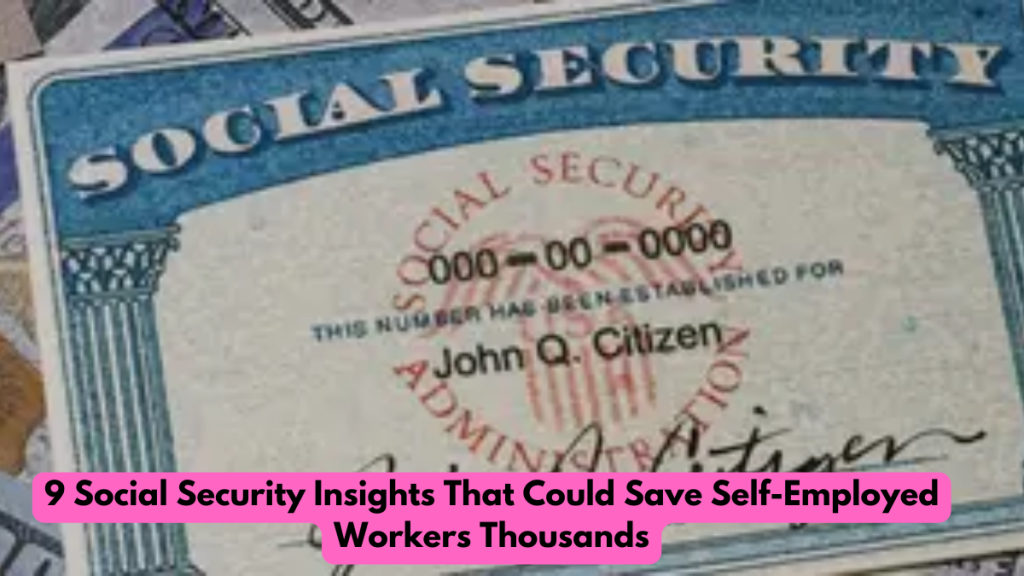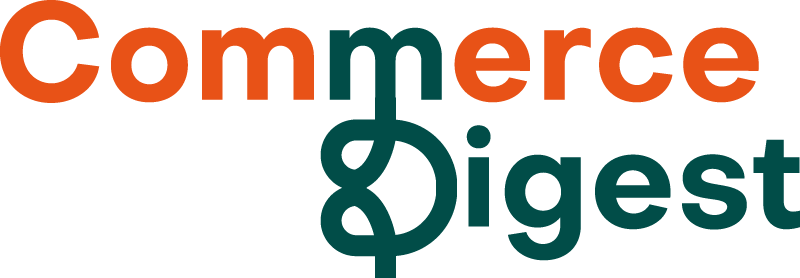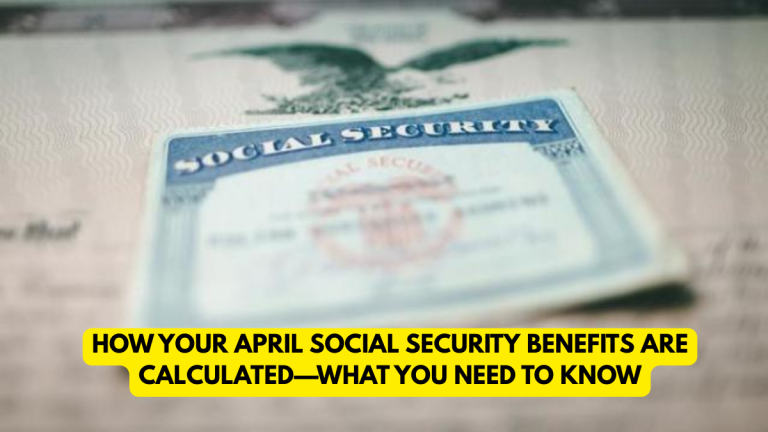
If you’re self-employed, Social Security may not be top of mind as you juggle clients, invoices, and taxes. But understanding how the system works can protect your financial future and help you avoid surprises at tax time. Here are nine essential Social Security facts that every freelancer, contractor, or small business owner should know.
1. You Pay the Full 15.3% Self-Employment Tax
Unlike traditional employees who split Social Security and Medicare taxes with their employers, self-employed individuals are responsible for paying both portions. This means you owe a 15.3% self-employment tax: 12.4% for Social Security (on income up to $168,600 in 2024) and 2.9% for Medicare on all your net earnings. Learn more at the IRS Self-Employment Tax page.
2. Earnings of $400 or More Require Reporting
If your net earnings from self-employment are $400 or more in a year, you’re required to file a Schedule SE along with your tax return to report and pay self-employment taxes. This applies even if you’re working part-time or freelancing occasionally. See the IRS guidelines here.
3. You Earn Social Security Credits Through Your Work
To qualify for Social Security benefits, you need to earn work credits. In 2025, earning $1,810 in self-employment income gets you one credit. You can earn up to four credits per year, and most benefits require 40 credits (equivalent to 10 years of work). Visit the SSA’s guide on work credits for details.
4. Net Earnings Matter

Your Social Security benefits are calculated based on your net earnings, not gross income. That means allowable business deductions—including equipment, mileage, and office space—lower your taxable income and your reported earnings for Social Security purposes. For more information, check the SSA’s explanation of net earnings.
5. You Can Deduct Part of Your Self-Employment Tax
To soften the blow of paying both employer and employee tax shares, the IRS lets you deduct the “employer-equivalent” portion of your self-employment tax (7.65%) when calculating your adjusted gross income. It won’t reduce your self-employment tax, but it can reduce your overall income tax liability. Learn more from the IRS.
6. Lower Earnings Mean Lower Future Benefits
Claiming lots of business deductions can help at tax time, but it can hurt in the long run. Since Social Security uses your 35 highest-earning years to calculate retirement benefits, reporting very low earnings—even legally—may reduce your monthly benefit when you retire. Learn how earnings affect benefits at rssa.com.
7. Optional Reporting Methods Are Available
If your net earnings are below $400—or even negative—you may still be able to earn Social Security credits by using an optional method of reporting. This is particularly useful for farmers or seasonal workers. The SSA outlines these optional methods.
8. Make Quarterly Estimated Payments
To avoid penalties and manage your cash flow, self-employed workers typically make estimated tax payments every quarter to cover income and self-employment taxes. This helps ensure you’re not caught off guard with a big tax bill at the end of the year. Visit the IRS page on estimated taxes.
9. Plan for Retirement Beyond Social Security

Because you don’t have access to employer-sponsored retirement plans, it’s essential to supplement your Social Security benefits with savings from a Solo 401(k), SEP IRA, or other retirement plan. Social Security should be just one piece of your retirement strategy. For personalized estimates, use the SSA Retirement Estimator.
Final Thoughts
Managing Social Security responsibilities is a key part of being self-employed. With careful planning and understanding of how your income affects your future benefits, you can make smart decisions today that will pay off in retirement. For more resources, visit ssa.gov and irs.gov.



